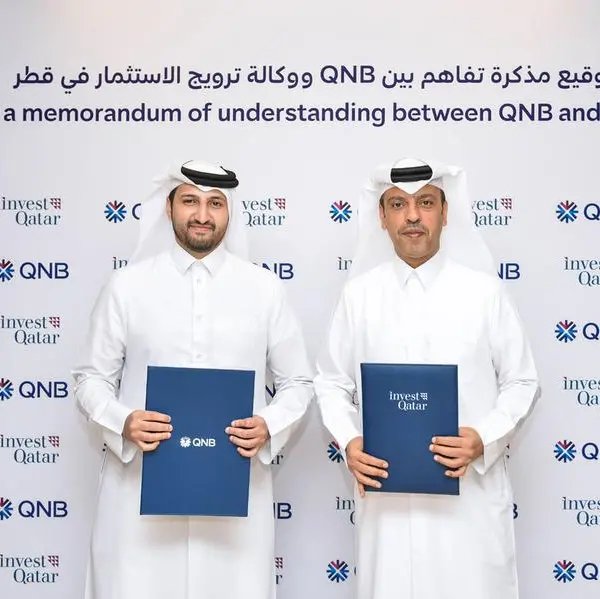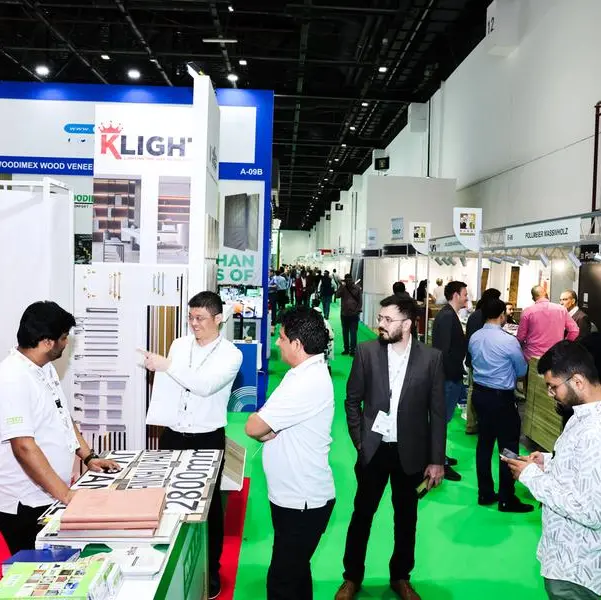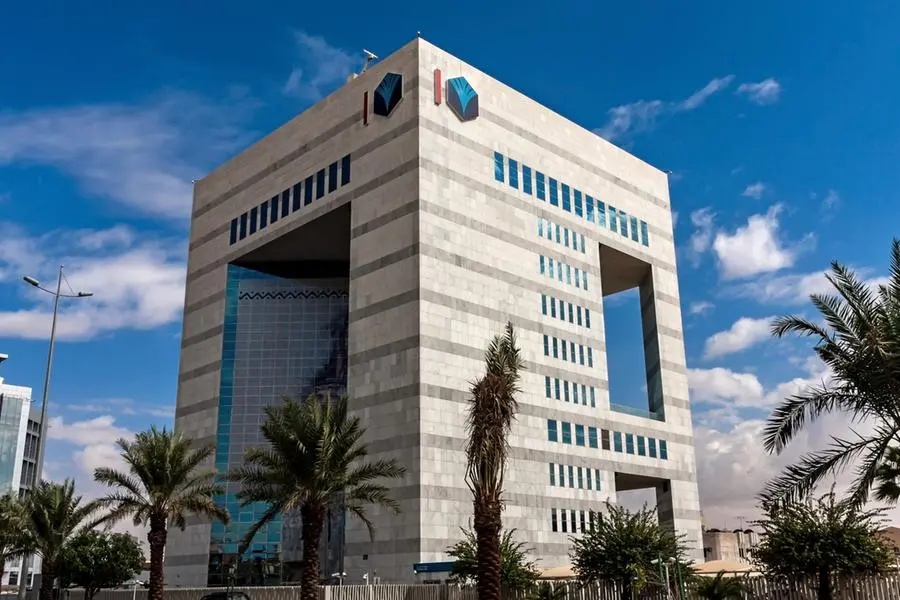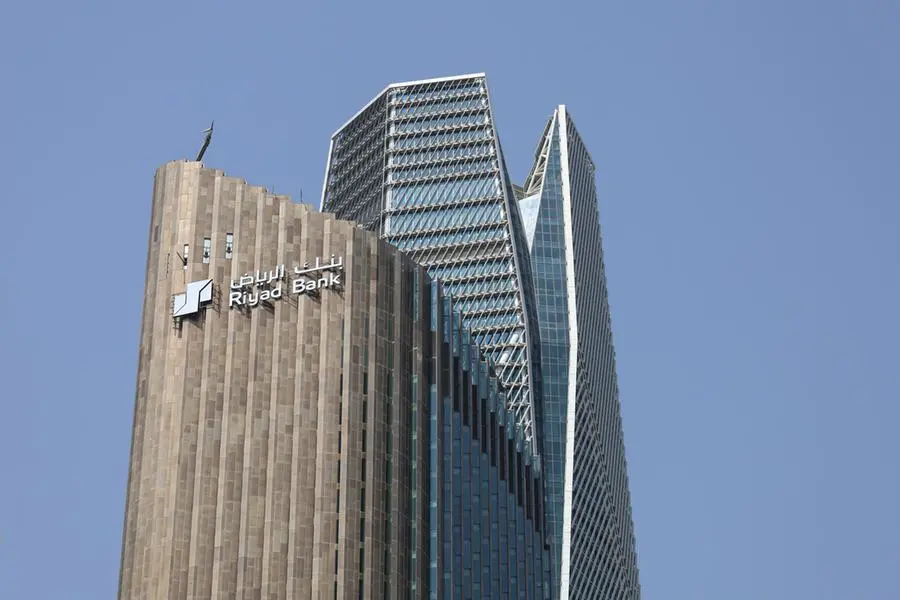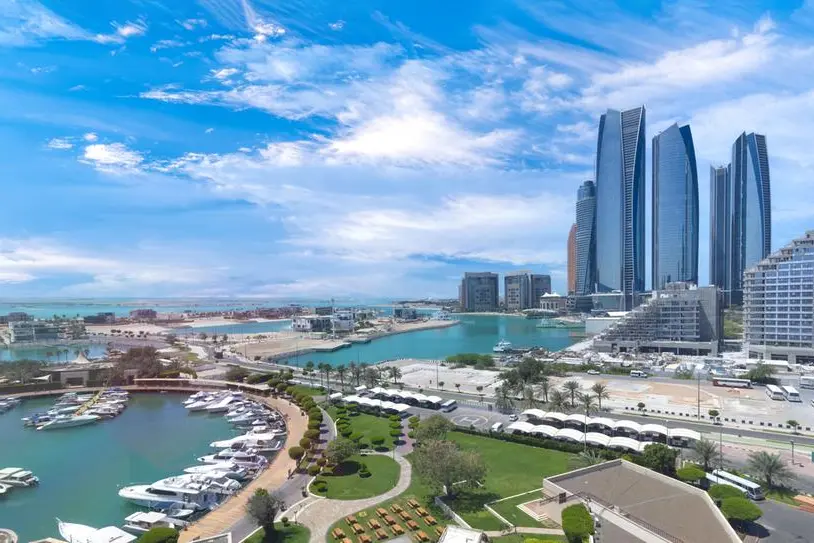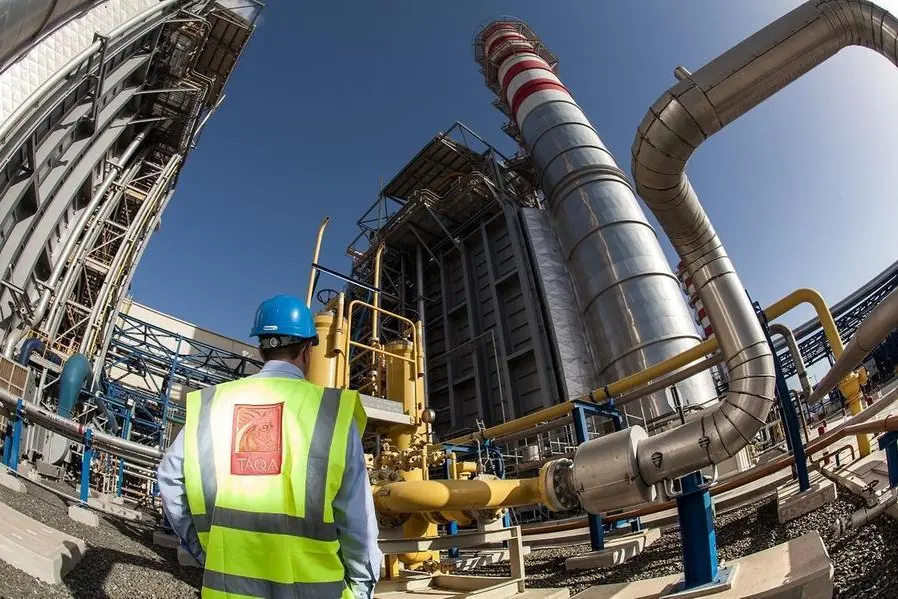“It’s much more than tree-planting. It’s huge social and economic benefits for rural farming communities. It’s a bulwark against climate change. It’s bringing technology to enhance traditional knowledge. It’s supporting dignity and pride. Restoring land back to productive good health and protecting forests is a huge and beneficial opportunity for Africa. And it’s urgent.”
The passion is evident in the voice of Moctar Sacande, expert in restoration at the UN’s Food and Agriculture Organization and International Programme Coordinator of Action Against Desertification in support of Africa’s Great Green Wall, as he calls for urgent action in Africa Climate Week. “We must stop and reverse land degradation in Africa. We must bring back to life the more than 200 million hectares of degraded land, pledged by both the AFR100 and Great Green Wall initiatives which are viable for restoration by 2030”.
The continued loss of so much forest and the challenging and somewhat slow pace of restoration is highlighted in the newly published Review of Forests and Landscape Restoration in Africa 2021, a stocktaking of the work done so far and that which is ongoing. The Review was carried out in partnership with the African Union Development Agency AUDA-NEPAD, and calls for action on finance, security of tenure and continued commitment to protecting forests and other natural ecosystems and restoring degraded land to mitigate the impacts of climate change which threatens vulnerable people in Africa.
Moctar Sacande presses home the importance of using new technologies in combination with local knowledge and engagement as a key to success. “In Burkina Faso, for example, a third of the land is degraded - that’s over 9 million hectares of what was productive land -and if it’s not tackled, degradation will expand at 360 000 hectares every year. We cannot allow this to happen.”
FAO brought in what’s known as a Delfino plough, which digs large half-moon shaped holes beyond half a metre deep with a raised edge and does so at scale. It makes soil more permeable for planting than digging by hand and allows a tenfold increase in rainwater harvesting. One hundred farmers digging traditional half-moon rainwater harvesters cover a hectare a day. When the Delfino is hooked to a tractor, it can cover 15 to 20 hectares. The seeds of woody and herbaceous native resilient species are then sown directly, and inoculated seedlings planted. The whole community is involved and benefits from fodder crops up to their knees just 2 years after work began on dry, bare land.
“The degradation is still reversible, we can turn this situation around,” says Nora Berrahmouni, Senior Forestry Office in FAO’s Regional Office for Africa and joint author of the Review of Forest and Landscape Restoration in Africa 2021. “The key is community engagement as well as equipment and technology. We ask the farmers first how they want to benefit.”
The benefits are many when land is restored and forests are protected from clearance for more cropland. Farming in harmony with nature - its forests and biodiversity - maintains land and landscape productivity and lessens degradation. People can harvest crops but also non-timber forest products such as edible fruits, natural oils for soaps, wild honey and plants for traditional medicine, food and feed.
“For us too, this is also about dignity and supporting women farmers,” says Nora Berrahmouni. “The season when the back-breaking work of hand-digging the half-moons comes when the men of the community have had to move with the animals. So, the work falls on the women, and the weather is at its hottest. It is one of the things we are determined to improve for everyone.”
The Delfino plough, with local people recruited and trained in its maintenance, is an excellent tool to support large-scale land preparation for restoration interventions in the fight against deforestation, degradation, desertification and climate change.
“In the end, the Delfino is just a plough. A very good and suitable plough, but a plough all the same. It is when we use it appropriately based on land conditions and in consultation and cooperation with communities that we see such progress,” says Moctar Sacande. “But it is urgent. The Review of Forest and Landscape Restoration in Africa 2021 shows us that we cannot continue to lose forest and we must pick up the pace of regeneration. Land loss is a driver of many other problems such as hunger, poverty, unemployment, forced migration, conflict and an increased risk of extreme weather events related to climate change. That’s too many problems for us to allow vulnerable people to face.”
Distributed by APO Group on behalf of FAO Regional Office for Africa.
© Press Release 2021
Disclaimer: The contents of this press release was provided from an external third party provider. This website is not responsible for, and does not control, such external content. This content is provided on an “as is” and “as available” basis and has not been edited in any way. Neither this website nor our affiliates guarantee the accuracy of or endorse the views or opinions expressed in this press release.
The press release is provided for informational purposes only. The content does not provide tax, legal or investment advice or opinion regarding the suitability, value or profitability of any particular security, portfolio or investment strategy. Neither this website nor our affiliates shall be liable for any errors or inaccuracies in the content, or for any actions taken by you in reliance thereon. You expressly agree that your use of the information within this article is at your sole risk.
To the fullest extent permitted by applicable law, this website, its parent company, its subsidiaries, its affiliates and the respective shareholders, directors, officers, employees, agents, advertisers, content providers and licensors will not be liable (jointly or severally) to you for any direct, indirect, consequential, special, incidental, punitive or exemplary damages, including without limitation, lost profits, lost savings and lost revenues, whether in negligence, tort, contract or any other theory of liability, even if the parties have been advised of the possibility or could have foreseen any such damages.
